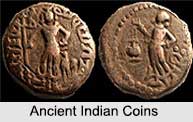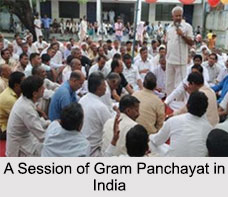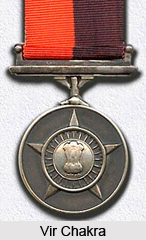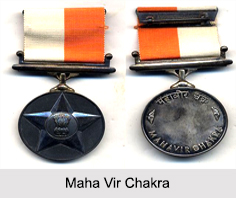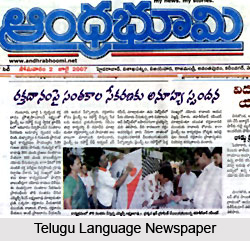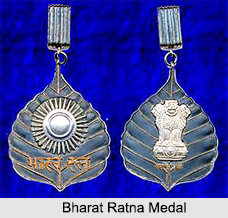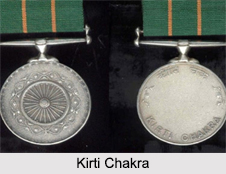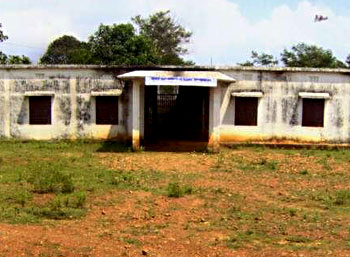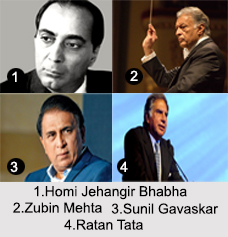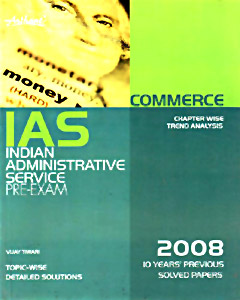 The Indian Administrative Service (IAS) is the administrative civil service of the Indian government. One of the three All India Services (along with the Indian Police Service and the Indian Forest Service), the Indian Administrative Service plays a vital role in administrating the government of both the Union Government (Central Government) and the state governments, with its officers holding prestigious posts across the country. The career path of IAS officers is of high status. About 300,000 applicants appear and get selected depending on the results of a competitive civil service examination.
The Indian Administrative Service (IAS) is the administrative civil service of the Indian government. One of the three All India Services (along with the Indian Police Service and the Indian Forest Service), the Indian Administrative Service plays a vital role in administrating the government of both the Union Government (Central Government) and the state governments, with its officers holding prestigious posts across the country. The career path of IAS officers is of high status. About 300,000 applicants appear and get selected depending on the results of a competitive civil service examination.
New officers of the IAS and many other Indian civil service bodies undergo training at the Karmashila and Dhruvashila buildings, of Lal Bahadur Shastri National Academy of Administration, Mussourie. The predecessor of the IAS was the Indian Civil Service (ICS) that evolved during the British Raj era. ICS officers (known as "Collectors") were generally thought with high regard as morally upright and good administrators. After independence, the new Republic of India accepted the then serving Indian Civil Service officers who preferred to stay on rather than leave for the UK, and renamed the service as the Indian Administrative Service.
The officials of the Indian Administrative Service are responsible for civil administration and policy-making. Alike the other civil service bodies, IAS officers are also selected by the Civil Services Examination, a three-stage a competitive selection process comprising of a preliminary exam, a main exam, and an interview. The Union Public Service Commission administers this Civil Services Examination once a year. Once the individuals are selected for the IAS, candidates are allocated to "cadres." There is only one cadre in each Indian state, except for three Indian joint cadres, namely the Assam-Meghalaya, Manipur-Tripura, and Arunachal Pradesh-Goa-Mizoram-Union Territories (AGMUT).
The "insider-outsider ratio" is the ratio of officers who are posted in their home states and is usually maintained as 1:2 as `insiders`. The rest of the officers are posted as `outsiders` according to the `roster` in states other than their home states. Till 2008 there was no option for any state cadre and the candidates of their home states were allotted to different states in alphabetic order of the roster, if not placed in the insider vacancy for that particular year. If in a particular year the roster begins from `A`, that means the first candidate in the roster will go to the Andhra Pradesh state cadre of IAS, the next one to Bihar, and subsequently to Chhattisgarh, Gujarat and so on in alphabetical order.
This highly intricate system has ensured unbiased behaviour to all the officials. The officers from different states are placed all over India and this has resulted in wide inequality in the kind of professional spotlight for officers, when we compare officers in small and big as well as developed and backward state, since the system ensures that the officers are permanently appointed to one state cadre. The only way the allotted state cadre can be changed is by the marriage bond to an officer of another state cadre of IAS/IPS/IFS. However, IAS officers can even go to his home state cadre on mission for a limited period, after which one has to customarily return to the cadre allotted to him or her earlier.
The President of India appoints IAS officers and the Constituent Assembly of India aims that the bureaucracy should be able to converse freely, without any fear of harassment or financial uncertainty as a necessary element in uniting the nation. The IAS officers are recruited by the Union government on the recommendation of the Union Public Service Commission (UPSC) and posted accordingly under diverse State governments. While the respective State Governments control them they cannot criticize or take penalizing action against IAS and other All India Services officers without consulting the Union Government and the UPSC. However, this independence has been sometimes severely criticized by many quarters of civil society.
Progression of IAS officers in State and Center Government and their time scales are as follows -
•Junior Time Scale is the entry-level.
•Senior Time Scale (four years of service) that is equivalent to an Under Secretary.
•Junior Administrative Grade (nine years of service) or the Deputy Secretaries
•Selection Grade (13 years of service) or the Directors
•Joint Secretary (GOI)
•Additional Secretary (GOI)
•Secretary (GOI) is the highest rank with basic pay of 26,000 Indian rupees
•Cabinet Secretary is the controller with the basic pay of 30,000 Indian rupees.
The State Governments however possess a kind of influence to post these officers. Normally when an IAS officer joins the State, he is placed as a Sub Divisional Magistrate (SDM). Preferably the official is to be given the charge of a District after completing 9 years of service and entering the Junior Administrative Grade but in certain States, even younger IAS officers are given the responsibility of Districts (Known as District Magistrates (DM), Deputy Commissioners (DCs) or Collectors).







